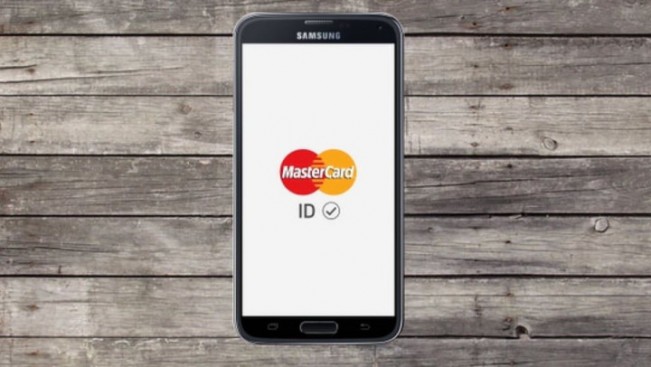
According to research, approximately 31.8 million consumers in the US experienced credit card fraud in 2014. That’s triple the number in 2013! And the number doesn’t appear to be going down any time soon.
On a positive note, credit card issuers are stepping up their game by introducing security methods, such as Europay, MasterCard and Visa (EMV), a chip-in-a-card technology that has already been in use overseas for quite some time. You know the technology that’s slowing down the line at Starbucks? That’s EMV, but it will inevitably cut fraud in the US, just as it has done in the UK.
While the US has been a couple of steps behind in adopting technology like EMV, credit card companies are quickly introducing newer methods of combating online fraud, which makes up about 45% of all credit card fraud in the US.
Take MasterCard, for example. The company is introducing the ability to use selfies and fingerprints to authenticate online purchases. Click on the notification that pops up on your phone, choose the authentication method you want to use, and then wait for the device on which you placed the order to let you know your identity has been confirmed. MasterCard says it’s working on other types of authentication methods using biometrics, including your heartbeat, a scan of your iris, and voice recognition.
HSBC recently announced that it will be using voice recognition and fingerprints to verify user accounts, while Bank of America is already leveraging thumbprint verification technology that enables customers to automatically be identified via a mobile app.
Biometric authentication is certainly not new technology – you could very well have such features on your laptop – however, its place in the financial services industry is more than welcome. Any time you give users one less password to remember, you’re automatically improving the customer experience, not to mention the ability to help (it’s not 100% fraud-proof!) prevent fraud.

